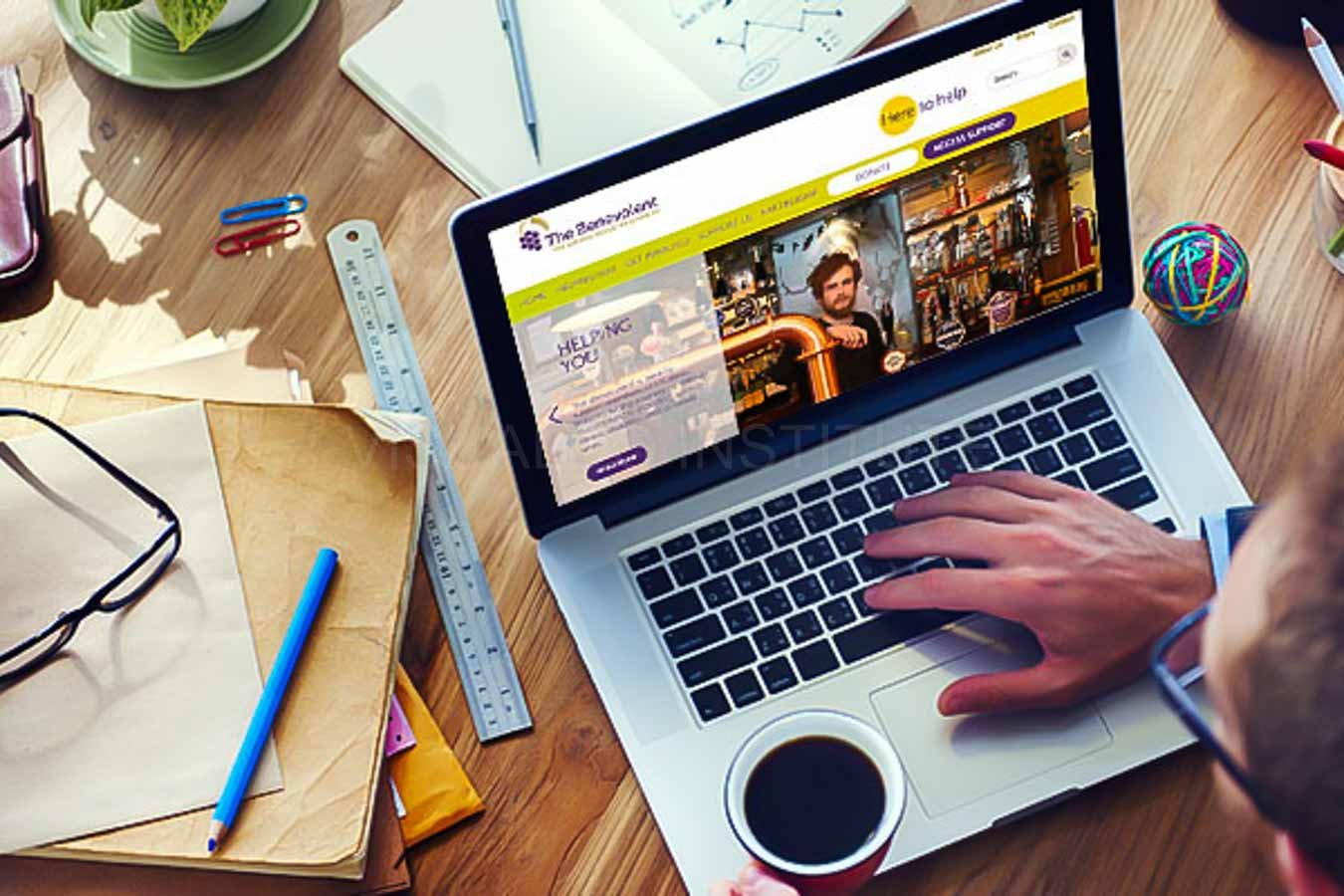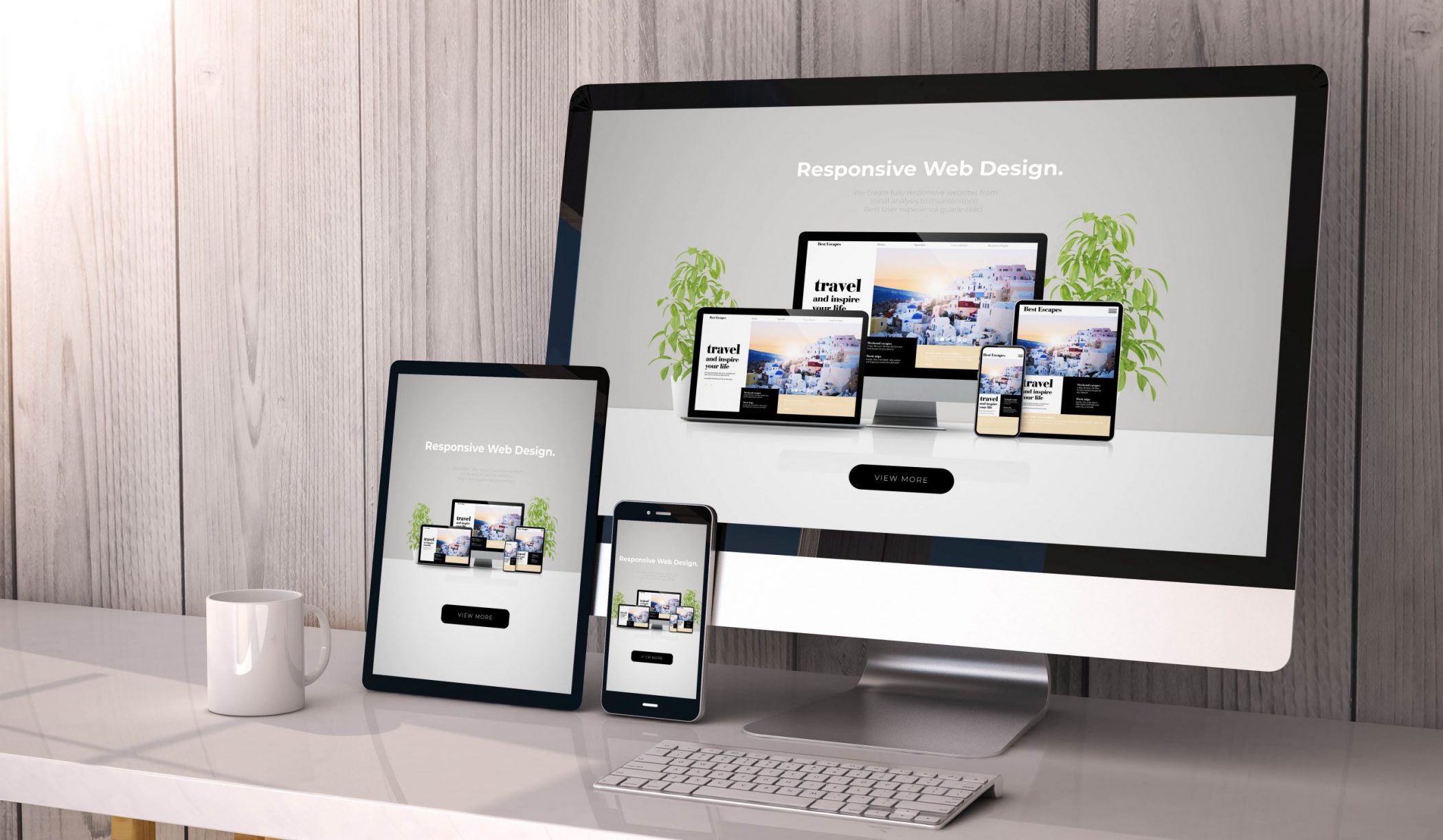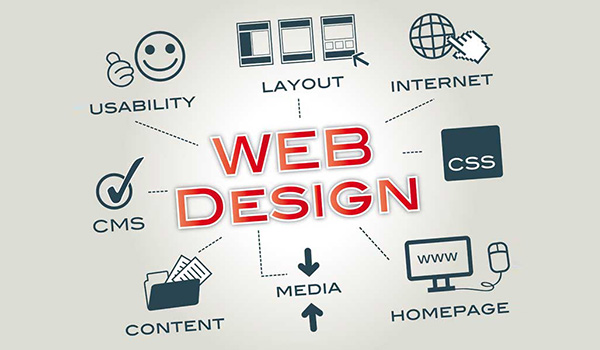Aligned Position Web Design: Perfectly Designed Websites to Capture Your Audience’s Attention
Aligned Position Web Design: Perfectly Designed Websites to Capture Your Audience’s Attention
Blog Article
The Finest Sorts Of Website Design to Boost User Experience and Involvement
In the ever-evolving landscape of electronic communication, the effectiveness of website design significantly affects individual experience and engagement. Different design techniques, such as minimalist, receptive, and interactive formats, each deal unique benefits that can deal with diverse user needs. Comprehending which types of website design best offer these objectives can be essential for companies aiming to boost client satisfaction and retention. Nevertheless, the question remains: which design elements really reverberate with customers and foster meaningful interaction? The expedition of these concepts discloses vital understandings that may redefine your strategy to website design.
Minimalist Website Design
As digital landscapes end up being increasingly cluttered, minimal Web style has become an effective method to boosting individual experience. This design ideology prioritizes simplicity, focusing on important components while removing unnecessary disturbances. By making use of adequate white area, simple navigation, and a limited color palette, minimalist style promotes clearness and routes individual attention to key web content.
The core principle of minimal Web style is to develop a smooth interaction for customers. By lowering cognitive load, users can promptly understand details without feeling bewildered. This direct technique not only boosts usability yet also encourages involvement, as site visitors are much more most likely to check out a website that is visually appealing and very easy to browse.
Additionally, minimal layout frequently highlights typography and images, utilizing these aspects purposefully to convey messages efficiently. In significance, minimal Web design is not simply a fad; it is a thoughtful technique that recognizes the value of user-centered layout.
Receptive Web Style
In today's varied electronic setting, receptive website design has actually come to be crucial for creating a seamless user experience throughout a plethora of gadgets. As customers accessibility internet sites on smart devices, tablets, laptops, and desktop computers, the capacity of a website to adjust its design and web content to various display sizes and resolutions is critical.
Receptive website design employs flexible grids, images, and CSS media questions to make certain that Web content exists efficiently, regardless of the device used. This strategy not just improves the visual appeal of a website yet additionally substantially boosts use. Individuals are more probable to involve with a site that offers a consistent experience, as it gets rid of the frustration of needing to zoom in or scroll exceedingly.
In addition, search engines, including Google, focus on mobile-friendly sites in search positions. By embracing responsive layout, services can improve their presence and reach a more comprehensive audience. This method likewise simplifies internet site maintenance, as a solitary version of the site can deal with all gadgets, reducing the requirement for multiple versions. In summary, responsive website design is a basic method that boosts user experience, involvement, and general satisfaction.
Interactive Web Style
Receptive Web design prepares for enhancing customer experience, but interactive website design takes this an action further by engaging individuals in an extra vibrant method - Aligned Position Web Design. By incorporating aspects such as computer animations, clickable models, and real-time feedback, interactive Web style astounds users, drawing them into a richer surfing experience
This strategy not just promotes interaction however additionally urges customers to explore material proactively instead of passively eating it. Strategies such as gamification, where users make rewards for completing tasks, can substantially boost the moment invested in a site and improve overall fulfillment. Interactive attributes can streamline complicated information, making it much more enjoyable and absorbable.

Incorporating interactive style components can also cause greater conversion rates, as individuals are more probable to involve review with a website that actively entails them. Aligned Position Web Design. Eventually, interactive website design transforms individual experiences right into memorable journeys, guaranteeing that site visitors return time after time
Flat Design
Defined by its minimalistic strategy, flat design emphasizes simplicity and functionality, stripping away unnecessary aspects and focusing on vital functions. This style approach prioritizes functionality, making sure that individuals can navigate interfaces with simplicity and effectiveness. By utilizing a clean aesthetic, level layout removes the mess commonly located in more elaborate styles, consequently enhancing user focus on content and functionality.
The hallmark of flat layout lies in its usage of vibrant colors, simple typography, and geometric forms. These elements contribute to an aesthetically enticing user interface that is both modern and friendly. In addition, level design fosters a feeling of clearness, allowing customers to recognize important activities and info without diversion.
Furthermore, level layout is specifically efficient in receptive Web design, as its simpleness translates well across different tools and screen sizes. By concentrating on vital attributes, flat design not only fulfills user demands yet also encourages seamless communication, making it an essential part of effective Web layout strategies.
Adaptive Website Design
Flexible website design personalizes the customer experience by developing multiple fixed layouts customized to different display sizes and devices. Unlike receptive style, which fluidly readjusts a single layout, adaptive layout utilizes distinct formats for particular breakpoints, making certain ideal discussion on different systems. This method enables developers to concentrate on the special attributes of each device, enhancing functionality by supplying specifically what customers require based upon their context.
One of the main advantages of adaptive website design is its capacity to maximize load times and efficiency. By serving customized web content and images that fit the customer's tool, web sites can lessen data usage and boost loading rates. This is specifically beneficial for customers with slower links or restricted data strategies.

Additionally, flexible design assists in an extra constant and regulated branding experience. Because developers create numerous designs, they can make certain that the visual components straighten with the brand's identity continue reading this across various platforms - Aligned Position Web Design. This leads to a natural user experience, improving engagement and promoting customer retention
Conclusion
Minimal style promotes clarity and focus, while receptive layout makes certain versatility across different tools, promoting ease of access. Collectively, these layout approaches contribute to the development of easy to use settings that not only improve complete satisfaction however also drive greater conversion rates, highlighting their essential value in contemporary Web style techniques.

Minimal layout cultivates clarity and focus, while responsive design guarantees flexibility throughout numerous tools, advertising accessibility. Collectively, these design approaches contribute to the creation of user-friendly environments that not only improve fulfillment however likewise drive higher conversion prices, emphasizing their essential importance in modern Web layout strategies.
Report this page